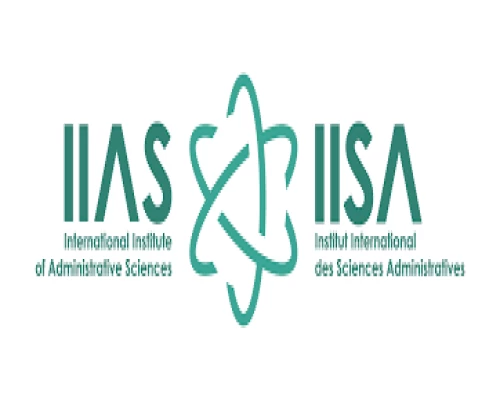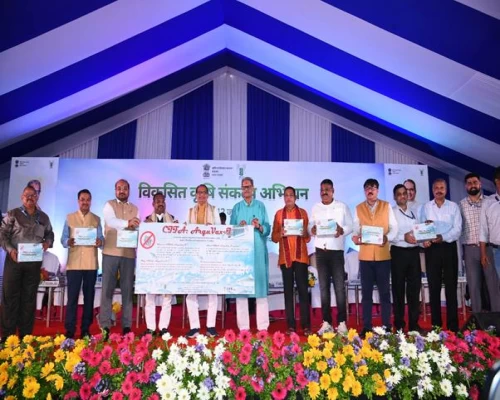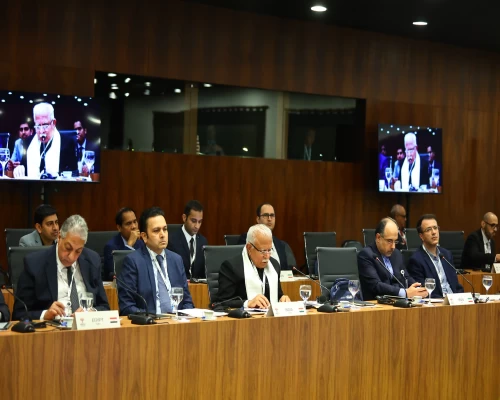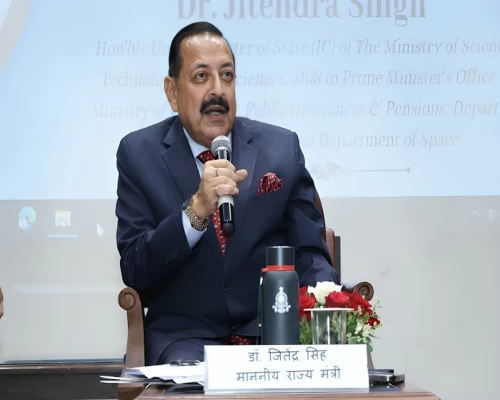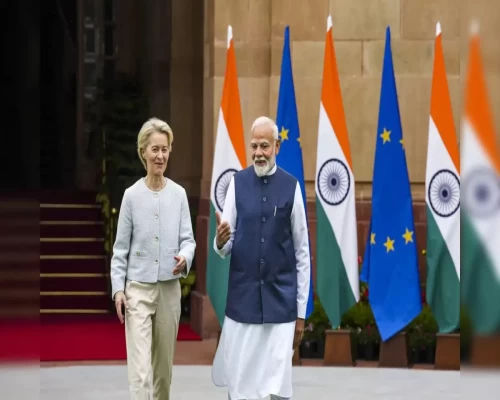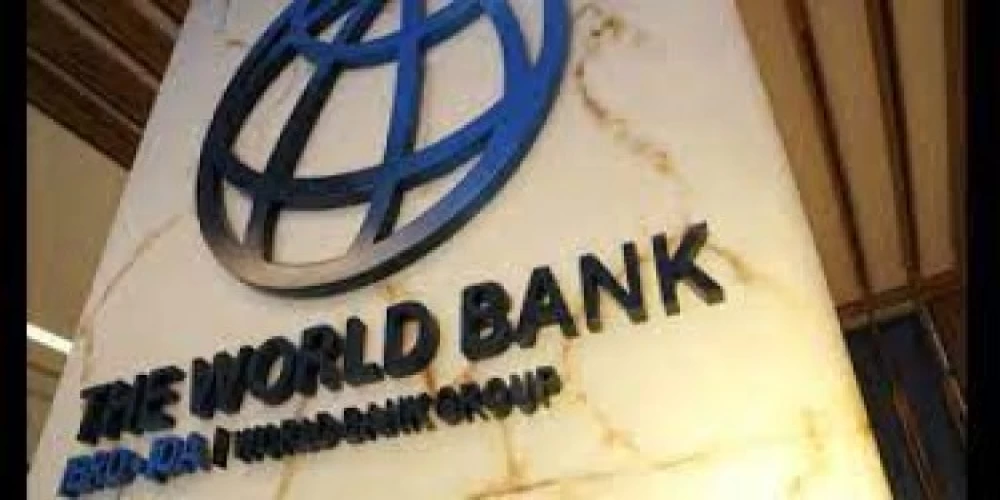
New Delhi: The Government of India and the World Bank on Friday signed two complementary loans of $500 million each to support and enhance India’s health sector development. Through this combined financing of $1 billion, the World Bank will support India’s flagship Pradhan Mantri-Ayushman Bharat Health Infrastructure Mission (PM-ABHIM), launched in October 2021, to improve the public healthcare infrastructure across the country.
In addition to the national level interventions, one of the loans will prioritize health service delivery in seven states including Andhra Pradesh, Kerala, Meghalaya, Odisha, Punjab, Tamil Nadu, and Uttar Pradesh. The agreement was signed by Rajat Kumar Mishra, Additional Secretary, Department of Economic Affairs, Ministry of Finance on behalf of the Government of India and Auguste Tano Kouamé, Country Director, India, World Bank.
“The COVID-19 pandemic brought to the fore the urgent need for pandemic preparedness and health system strengthening around the world and was a stark reminder that pandemic preparedness is a global public good,” said Auguste Tano Kouamé. “The two Projects are supporting India’s decision to increase the resilience and preparedness of the country’s health systems against future pandemics. This will be of great benefit for the populations of the states participating in the projects and will generate positive spillovers for other states.”
India’s performance in health has improved over time. According to the World Bank estimates, India’s life expectancy — at 69.8 in 2020, up from 58 in 1990 —is higher than the average for the country’s income level. The under-five mortality rate (36 per 1,000 live births), infant mortality rate (30 per 1,000 live births), and maternal mortality ratio (103 per 100,000 live births) are all close to the average for India’s income level, reflecting significant achievements in access to skilled birth attendance, immunizations, and other priority services.
“The two programs leverage the unique strengths of both the Center and the States to support the development of more accessible, high-quality, and affordable health services,” said Lynne Sherburne-Benz, the World Bank’s South Asia Regional Director for Human Development. “This strengthening of health systems, combined with attention to strong disease response, will improve preparedness and response to future disease outbreaks.” /BI/




